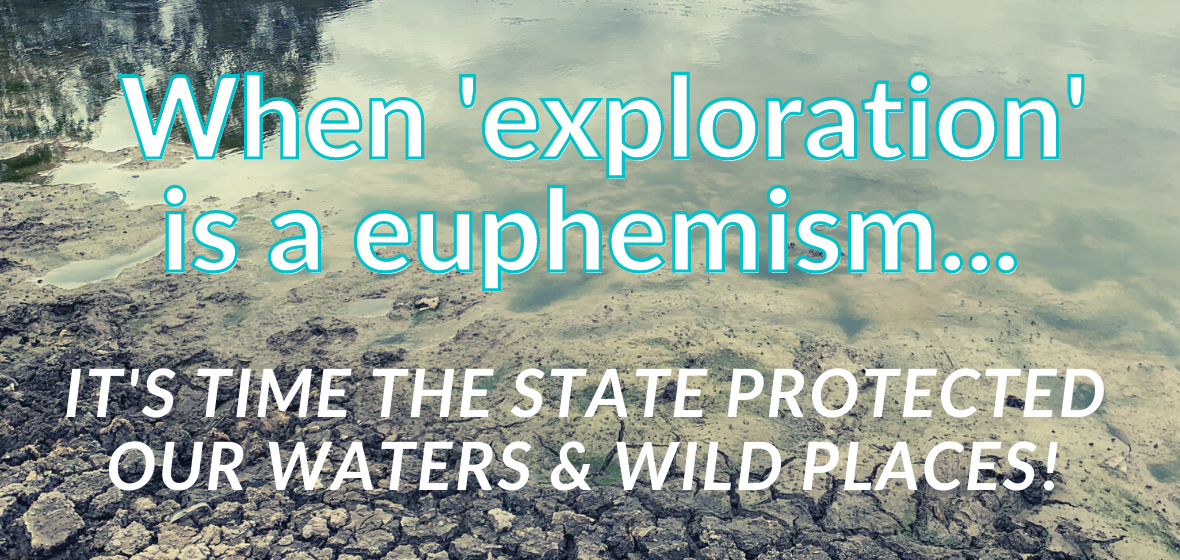
17 December 2021
Released by Resources Minister Scott Stewart alongside a draft 30-year Resources Industry Development Plan, the 2021 Queensland Exploration Plan pinpoints an area of over 14,400 km2 in regional Queensland for exploration for oil and gas.
‘Exploration sounds benign,’ says Des Boyland, Wildlife Queensland’s Policies and Campaigns Manager. ‘But it never ends with exploration, does it? What we’re really talking about is creating opportunities for prioritising economic opportunities over the environment – again.’
Eight proposed tender areas for oil and gas exploration include a swath of land out west:
- 102 km2 north of Roma.
- 308 km2 south-west of Woorabinda
- 343 km2 south-east of Springsure
- 727 km2 south of Springsure
- 775 km2 west of Taroom
- 6226 km2 south of Blackall
- 5283 km2 west of Charleville.
Why open the door to further degradation at a time when we need to do our utmost to protect remnant habitats for the good of our planet’s biodiversity and survival and to achieve a goal of zero net carbon by 2050? Surely, such actions call into question the Labor Party’s commitments, given prior to elections, to protect the environment.
Still Just ‘Parking’ the Problem Elsewhere
Recently, Wildlife Queensland has had to question the care the Palaszczuk Government is showing for our environment and its wildlife. It appears that the tourism industry is running national park policy, with inappropriate development and activities occurring within national parks (such as the proposed commercialisation of the Cooloola Great Walk in Great Sandy National Park) and the cardinal principle of park management being set aside – even in places where it has been clearly established that biodiversity is already in decline.
People have been able to access national parks for decades, undertaking appropriate nature pursuits, but such activities have traditionally been secondary to the primary purpose of national parks: protecting and conserving our wildlife, habitats and natural landscapes.
Not at the Expense of Biodiversity!
Add to that the ongoing question of how State and Federal governments will transition to a renewable-energy future without proposed developments adding to the woes of vulnerable species, such as the Julia Creek dunnart (Sminthopsis douglasi). Some 7419 ha of its habitat was included within the proposed vanadium mine 25 km from Julia Creek, spared only by the Federal Government’s oversight for controlled actions under the EPBC Act; oversight there’s been dangerous discussions about abolishing in favour of State sign-off on such projects.
Similarly, there are concerns about the site selection and environmental impacts of proposed wind farms at Mt Emerald and at Chalumbin, 15 km south-west of Ravenshoe, regardless even of the presence of species such as the vulnerable greater glider (Petauroides minor) and red goshawk (Erythrotriorchis radiatus).
These concerns have prompted Wildlife Queensland and other members of the Queensland Conservation Council who attended the Ministerial Roundtable in early November to emphasise the need for a more environmentally robust process for site selection and for enhanced assessment before any such exercises proceed.
So, we ask: When will the Environment Minister be allowed to do something positive for Queensland’s environment and its wildlife? The fact that the last Queensland Liberal–National Party Government’s position on the environment was less than desirable should be no comfort to the Labor Government at the moment – or to wildlife. A new year is just around the corner, so Wildlife Queensland lives in hope. But it is time to make it a year of putting environmental concerns first. A year of positive action for our environment and our wildlife is not only welcome but is also crucial.
Have Your Say!
The Department of Resources is seeking feedback for the Resources Industry Development Plan from stakeholders from November 2021 to February 2022. Please, download the plan and have your say.
